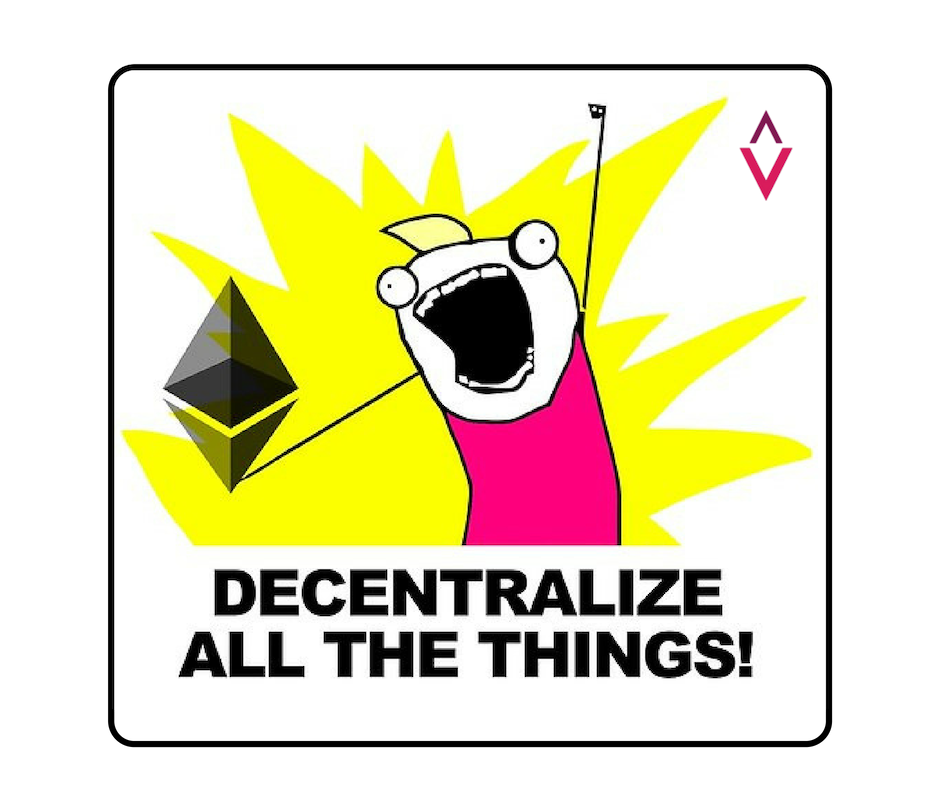By Dhananath Fernando
The mandate given by the people of Sri Lanka to His Excellency Gotabaya Rajapaksa can be interpreted in multiple ways. All interpretations funnel down to a single insight: Change the system. The word “change” is powerful. However, “change” is difficult to execute. In contrast to setting up things from scratch, altering an existing system is not an easy task under any circumstance.
The President’s desperation is clear. He has been given a mandate to “change the system” in five years; of which, seven months have passed. With elections coming up, it seems that it will take almost 10 months to really get to the starting line. In other words, the existing “system” itself has pushed the man in charge of “system change” to the wall and the clock is ticking.
Last week’s column discussed the systems that need change and how the President could start. We highlighted that state-owned enterprises (SOEs), public transport, land reforms, and e-courts would be the four big aspects that can be implemented with minimal capital investment. If the President succeeds, the people of Sri Lanka will be able to witness a considerable change in their standard of living, and it is important that the opinion leaders support this system change in a democratic framework, and leaders at the frontline make sure the changes take place within the same framework.
Today, let’s explore a few insights on how to execute a system change.
Understanding the system
If you ask the common man: “How can we change the system?”, a popular answer is that we can do it by imposing strict laws and regulations. Some believe the leader has to be firm and critical and supervise their team closely.
While the aforementioned is true, a sustainable system change requires the establishment of three main components: (1) ownership of the system, (2) incentives and rewards, and (3) accountability and capable people who drive the system.
If you look at the current inefficient system, it is completely faulty due to many factors. The incentives in most government institutions and systems promote inefficiency; a system where work is delayed, and individuals are paid overtime to reward that.
Take our judiciary system for example. In most instances, lawyers charge their clients based on the number of appearances, so the incentive is to have more appearances. Therefore, postponing cases is common and as a result, the average time taken for contract enforcement is 1,318 days with 22% of claim value. There is no pressure to finish a case within a stipulated time frame, so there’s no accountability and monitoring.
At the same time, there is no ownership for the system as individual performance is not measured and no one will be questioned on the delays in procedure. Imagine a scenario where you hire a mason bass for a small-scale construction project at a daily rate, but you fail to monitor his work. The obvious result would be that the work will go for months, making the system completely inefficient.
Ownership of the system
Any successful system runs on the ownership of risk. A main reason investors want to engage in businesses is because they have invested risk in the form of money, reputation, time, etc. This means they have an ownership stake and an interest to recover what they invested. For a system change, the upcoming government and President are required to consider engaging people who invest risk in the form of money, reputation, time, etc. and provide them with the opportunity to own the system as well as the results of their action.
Public-private partnership (PPP) is a great model to consider and many forms of PPPs are available and it just requires detailed attention. This would be a fundamental factor in changing any system.
On that basis, the appointment of the ministerial portfolios’ board for SOEs cannot be just a blanket appointment – an ownership of risk has to be associated with it. In implementing large-scale projects, the President advised a few months ago, to explore acquiring investment from the private sector instead of taking loans and expanding debt stock. That means getting private investors to invest their money (risk) in projects which they can recover through profits.
The Government can incorporate similar practices to a range of sectors. The government sector is too large, from managing airlines to managing cashew production. It will be difficult to bring private risk ownership across the board, but we can roll it out on a priority basis. Until we get the election results, time can be spent on setting up ownership structures for key institutions and a mechanism on how they can invest risk into the system. The structures have to differ based on the sector and on the type of the business and service model. Take our President for example, who has an ownership of the trust of 6.9 million people where he has invested risk. Hence, he is under pressure to deliver results. Shouldn’t the same be applicable for the rest of his supporting divisions?
Incentives and rewards
Setting up the correct incentive structures and rewards is the second important factor in a fluid system change. The current incentive structure is driven by inefficiency and corruption. Regardless of whether you perform well or underperform, you get the same benefits. So no one has an incentive to take things into their hands and do it differently. The recent discussion on the Central Bank is a good example. Whether the Central Bank maintains monetary stability, regulates license banks and non-banking financial institutions (NBFI) in the right manner or not, their destination won’t change.
Incentives can be negative and it should not need to be positive always. If there had been a positive or negative incentive structure bearing on salaries of bureaucrats on maintaining the stability of NBFIs, I am certain they would have taken matters more seriously instead of waiting for some financial institutions to collapse completely (institutions need to provide the necessary legal authority to regulate effectively). Having regulations without incentives is a sure way of not fixing the system.
If you are surprised by the friendliness and politeness of hotel staff, it is not just because they were asked to do it or not because the management installed CCTV cameras, but it is because they receive a financial incentive for being friendly. At the same time, we should not misinterpret that the hotel staff is kind and pleasant just because of the financial incentive. The fact that their genuineness is incentivised, which in turn makes system efficiency sustainable, is the bottom line.
Accountability and people
Checks and balances have to be maintained if we are to monitor and evaluate the incentives and ownership of risks. That is where “accountability” and the people who drive “accountability” matter. If we have the accountability structures, we can make decisions based on meritocracy.
For example, most of the SOEs haven’t produced their annual accounts or annual reports. Most of these institutions do not even have a website. Most of the institutions that have a website have only updated the welcome message by the newly appointed minister.
The people who drive reforms have to make a significant contribution. However, we have to keep in mind that the people-driven regulatory model where a system change is driven by personality and personal charisma has a shorter life span. But without the right people, it would be difficult to drive a system change.
We need people who can drive the system to overpass their personal charisma, so even without their presence, the system starts to function. The next government will have the challenge of identifying the right people who can fix a system rather than just pushing on getting daily operations done.
For the right people who have been identified to change the system, the broader mandate is straightforward; identify ownership structures, identify incentive systems, and set up accountability procedures are the main mandate. We should not confuse the skill of “changing the system” with project management skills. “Changing the system” is a unique visionary sport. There could be good project managers, but transforming to a system change goes far beyond project management, although it has some components of project management.
System changes are not popular
We need to remember that system changes are not popular. Most of the people who demand a system change are usually beneficiaries of the inefficient system. Changing the system will have a direct impact on them and resistance may come with it. That is why the transferring of ownership of risk comes to the forefront when looking to change the system.
It is important that we learn from past mistakes. The previous government too received a mandate for a system change to establish rule of law, but the same people who gave them the mandate decided to pick a different regime, again, pretty much on the same promise, that is to “change the system”.
Ownership, accountability, and the right people who could drive system changes were not in charge of policy implementation during the last Government; all were preoccupied with micromanagement without looking at the bigger picture or considering rapid implementation.
Policy statements of the main leaders of the Government went in two different directions, as did the heads of ministries and their officials.
The Vision 2025 policy plan was introduced a considerable time after taking office. The policy statements on institutions were contradictory and as per media reports, and the basic composition of the security council was questionable.
System changes are visible, and people will experience tangible differences, such as in the government balance sheet. There will not be a better time than one of crisis to engineer a system change – we should not waste this opportunity.
The opinions expressed are the author’s own views. They may not necessarily reflect the views of the Advocata Institute or anyone affiliated with the institute.









